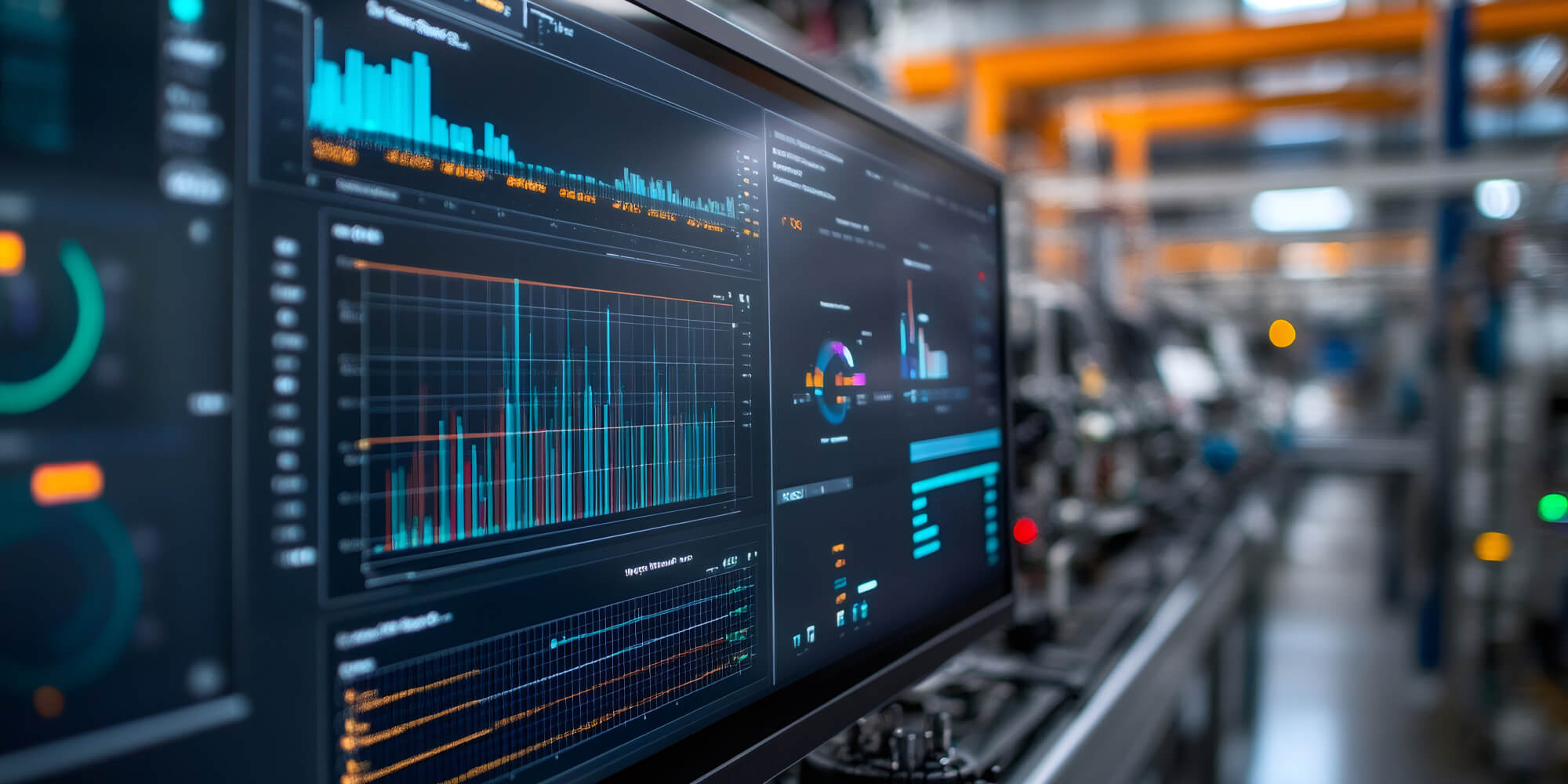Connected objects, new sources of usable intelligence - DEEP

Connected objects are booming across all sectors. The real challenge today lies in effectively harnessing the data they generate. With an integrated approach combining connectivity, cloud, artificial intelligence and security, DEEP supports organizations in building data-driven ecosystems to transform IoT and M2M into powerful levers of efficiency.
Sensors, connected devices, smart equipment... In recent years, these technologies have rapidly expanded across many sectors, enabling remote monitoring and control of a wide range of systems. Today, the focus has shifted to maximizing the value of the data these technologies provide. We know data is a strategic asset — but only if organizations have the means to exploit it.
The large-scale deployment of connected devices in industries such as healthcare, logistics, and smart cities is opening up new horizons. “We are witnessing a true explosion in the volume of data collected by these devices. But this data only becomes valuable if we can contextualize and interpret it in real-time,” explains Júlio César Pinho, Business Development Manager – M2M at DEEP.
Beyond connectivity: building integrated ecosystems
The challenge no longer lies solely in transmitting information from point A to point B. It’s about designing comprehensive ecosystems built on platforms capable of centralizing, processing, and intelligently leveraging data. “In addition to the IoT (Internet of Things) and M2M (Machine to Machine) connectivity solutions we implement internationally, the real challenge for organizations today is to build ecosystems that collect, secure, and unlock the value of data to improve operational efficiency,” adds Júlio César Pinho.
Mastering the pillars of data valorization
An effective IoT project relies on several key pillars: connectivity, of course, but also cloud services, data processing architectures, cybersecurity, and clearly defined use cases. “Given our clients’ goals, it’s essential to adopt a fully integrated end-to-end approach, covering everything from network control to data valorization through AI — including deploying cloud-hosted solutions and providing a sovereign data platform. Once the most relevant use cases are identified, we can mobilize our complementary expertise to implement the most efficient end-to-end solution,” continues Pinho. A coherent infrastructure not only captures data from equipment but transforms it into actionable insights that improve operations.
New opportunities across many fields
The potential use cases are vast — and many are still to be explored. To illustrate the transformative power of leveraging collected data, here are a few concrete examples:
Industry: a powerful lever for operational efficiency
In industry, for instance, connecting production equipment enables real-time monitoring, predictive maintenance, and proactive interventions before failures occur. This AI-powered predictive approach can reduce maintenance costs by 10–20% while improving equipment availability. And the benefits go further: by collecting data from the entire value chain, from supply to delivery, companies can optimize workflows, align production with demand, improve quality, and reduce waste.
Healthcare: tracking the patient throughout the care journey
In healthcare, IoT enables better patient support throughout their care journey. For example, some ambulances are now equipped with sensors that continuously transmit a patient’s vital signs to the hospital. This allows medical teams to prepare before the patient even arrives, with no loss of information.
In outpatient care, remote monitoring enables real-time health tracking and rapid responses to alerts. However, because of the sensitive nature of medical data, securing digital infrastructures is essential. Beyond connectivity quality, it is the combination of high-performance cloud infrastructure and secure environments that ensures both the efficiency and the integrity, confidentiality, and compliance of shared data. Trust in these technologies depends on their ability to protect the most critical information.
Logistics: beyond telematics, toward dynamic optimization
Logistics is another natural playground for IoT. While vehicle and equipment geolocation is well-established, the new frontier lies in predictive data analysis. By analyzing driving behavior, maintenance cycles, and route efficiency, companies can optimize costs, improve punctuality, and reduce their carbon footprint. “AI takes it a step further by automatically detecting anomalies, identifying risk factors, and dynamically optimizing delivery routes based on traffic and incidents,” says Pinho.
Smart cities: interconnecting heterogeneous systems
Finally, smart cities offer a major field for experimentation. By connecting buildings, water, energy, and transportation networks, cities can measure air quality, prevent noise pollution, optimize consumption, and ease traffic. The key is the interconnection of diverse systems — enabled by cloud services — and the cross-analysis of data to improve citizens’ quality of life. This requires a robust, interoperable, and scalable architecture — a challenge that DEEP meets with its comprehensive expertise and data-centric vision.
Turning connected devices into sources of intelligence
Transforming connected objects into actionable intelligence requires a reliable, secure, and sovereign ecosystem. That’s exactly what DEEP offers to Luxembourgish and international organizations: a complete value chain, from consulting to implementation, with a high-performance data platform, advanced AI capabilities, and full control of cloud and network infrastructure.
Contact us
Do you have any questions about an article? Do you need help solving your IT issues?
Contact an expert







Our experts answer your questions
Do you have any questions about an article? Do you need help solving your IT issues?
Other articles in the category Data & AI
Key Challenges in Successful Digital Transformation for Public Sector
Explore the key challenges and success factors of digital transformation for local authorities: budgets, skills, cybersecurity, inclusion, data sovereignty and sustainability.
Published on
13 May 2025
Federated Governance: A Key Pillar for Successful Data Mesh Implementation
Learn why federated governance is a critical organizational pillar in a Data Mesh architecture. A strategic issue for data-driven companies.
Published on
12 December 2023
Top 10 Databases of 2020: Popularity Ranking
Explore the ranking of the top 10 most popular databases in 2020 according to DB-Engines, including Oracle, MySQL, and Microsoft SQL Server.
Published on
14 November 2023




